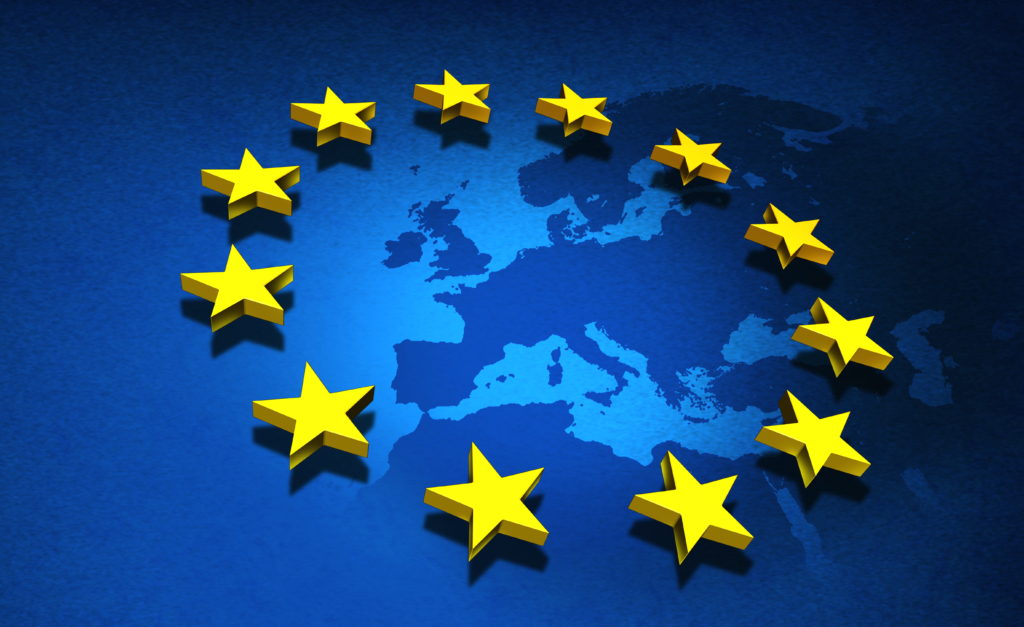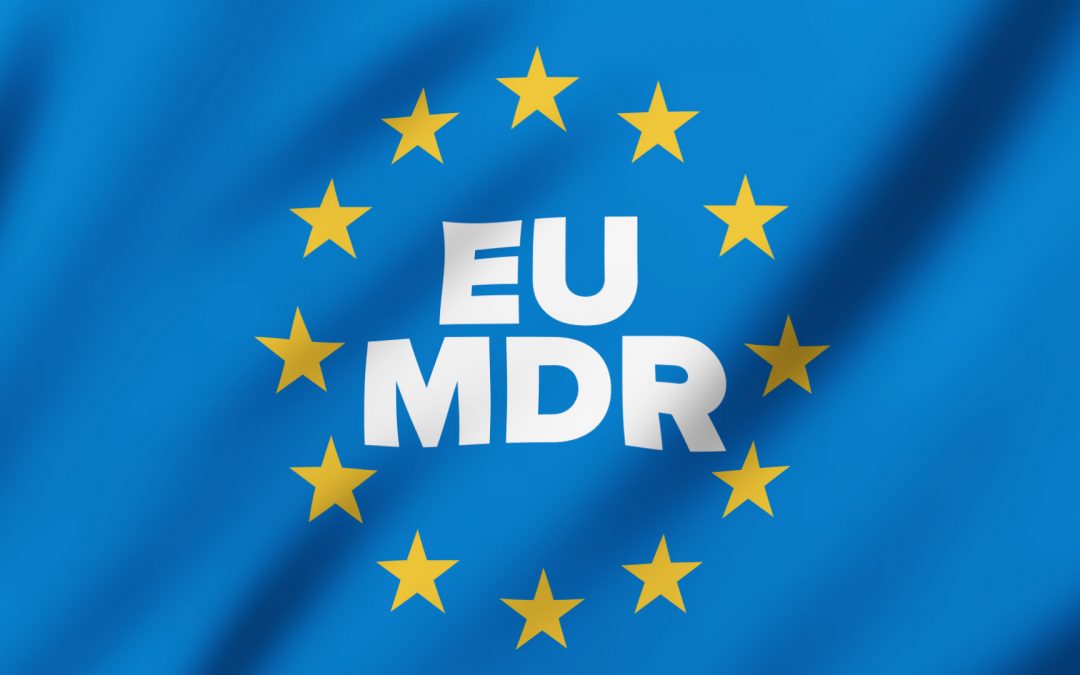The Medical Device Coordination Group (MDCG), an advisory body of the European Commission responsible for medical devices, has published and questions-and-answers document dedicated to repacking and relabeling activities by the Medical Devices Regulation 2017/745 (MDR) and In Vitro Diagnostic Medical Devices Regulation 2017/746 (IVDR). The document is intended to provide additional clarifications on applicable regulatory requirements to assist medical device manufacturers and other parties involved in ensuring compliance thereto. At the same time, it is important to mention that this document should not be construed as the one expressing the official position of the EC. The provisions thereof are non-binding.

Table of Contents
Regulatory Background
The present MDCG guidance provides additional clarifications regarding the requirements set forth under the new Regulations replacing the respective Directives. In particular, the document highlights the most important aspects related to the activities that could be undertaken by medical device importers and distributors, where such activities are not modifications to the devices. Hence, the obligations of medical device manufacturers should not be extended to importers and distributors. According to the guidance, this includes:
- Supplying of information, translation of information supplied by the manufacturer including the Instructions for Use (IFU), necessary to market the device in the Member State in question (relabeling);
- Changes to the outer packaging of a device already placed on the market, necessary to market the device in the Member State in question (repackaging).
At the same time, the scope of the present guidance does not cover the cases when the obligations of medical device manufacturers apply to other parties involved in operations with medical devices. The MDCG also mentions that additional clarifications regarding the quality management system are provided in a separate document – MDCG 2021-23 “Guidance for notified bodies on certification activities according to Article 16(4) of Regulation (EU) 2017/745 and Regulation (EU) 2017/746”, while the scope of the present document does not address such matters, as well as any aspects related to certification activities. The document is only intended to provide additional clarifications on regulatory matters related to relabeling and repackaging of medical devices marketed in the EU.
The MDCG additionally mentions that the scope of regulatory provisions described herein does not cover the situations when relabeling and repackaging activities are undertaken by third parties on behalf of the medical device manufacturer and under its supervision.
Questions and Answers
- Applicability to natural persons. First of all, the document provides clarifications regarding the applicability of Article 16(2), (3), and (4) of the aforementioned Regulations to “other natural or legal persons”. In this regard, it is explicitly stated that these articles should not be applied in case the activities are not undertaken to place medical devices on the market. The document provides an example of a situation when a healthcare institution splits a package of medical devices into smaller ones to be further used within the same healthcare institution.
- Applicability to legacy devices. As explained by the MDCG, the regulatory requirements described herein are not applicable by default to legacy devices. However, it is further stated that a similar approach could still be applied at the discretion of the entity conducting operations with medical devices.
- The concept of “necessary to market”. The aforementioned concept refers to conditions that should be met to market the device in that Member State. As explained by the MDCG, the need for repackaging and relabeling should be determined in each particular case. For instance, such need could be based on respective language requirements or the intent to supply products in a new package different in the number of medical devices it contains.
- Splitting-up. According to the guidance, splitting large packages of medical devices should not be construed as “relabeling” or “repackaging”, provided the outer package of the product remains intact. For instance, a distributor could purchase large packs of similar medical devices and then supply them separately to healthcare professionals and customers, and such activity would be considered “relabeling” or “repackaging”. At the same time, the general obligations of distributors would remain applicable.
- Information to be communicated to the medical device manufacturer. The document also outlines the scope of information to be provided to the manufacturer. As described by the MDCG, importers, and distributors involved in relabeling and/or repackaging of medical devices are obliged to duly inform the manufacturer on such intended (no later than 28 days before the device will be placed on the market), as well as provide a sample of a repackaged device once it will be requested by the manufacturer. The MDCG also encourages to provide additional information that could be useful when initiating the field safety corrective actions (FSCA) and post-market surveillance (PMS). Such information could include, inter alia, the following details:
- Name of concerned device and information allowing for the unambiguous identification of the device: model, product number, reference or UDI-DI, etc.;
- Activities performed (repackaging, relabeling and/or translation);
- The reason why the activity performed is needed;
- Member States where the repackaged/relabeled and/or translated IFU devices will be made available;
- In the case of translation, languages in which the label and IFU are translated;
- The changes to the package and number of devices included in the new packaging;
- When the device is planned to be made available;
- Information on the notified body issuing the certificate by Article 16(4) and a copy of the certificate.
- Information to be provided to the competent authority. Apart from the information to be communicated to the medical device manufacturer, the document also outlines the scope of information to be provided to the competent authority. Following the applicable legislation, the appropriate notice should be provided no later than 28 days before placing the device on the market. The same as in the case with medical device manufacturers, the parties involved in relabeling and/or repackaging should provide a sample of the device upon request. They are also encouraged to provide additional information as described hereinabove.
- Notification requirements. As described in the document, the appropriate notification should be provided to the manufacturer and competent authority only when the device is being relabeled or repackaged for the first time, while it is not required to provide such a notification for each new product or batch.
In summary, the present questions-and-answers document issued by the MDCG highlights the most important aspects related to relabeling and remanufacturing of medical devices in terms of requirements and obligations associated thereto. For instance, the document provides additional clarifications regarding the responsibilities of the parties involved in relabeling and/or repackaging medical devices before placing them on the market.
Sources:
https://ec.europa.eu/health/sites/default/files/md_sector/docs/md_mdcg_2021_26_en.pdf
How Can RegDesk Help?
RegDesk is a next-generation web-based software for medical device and IVD companies. Our cutting-edge platform uses machine learning to provide regulatory intelligence, application preparation, submission, and approvals management globally. Our clients also have access to our network of over 4000 compliance experts worldwide to obtain verification on critical questions. Applications that normally take 6 months to prepare can now be prepared within 6 days using RegDesk Dash(TM). Global expansion has never been this simple.


